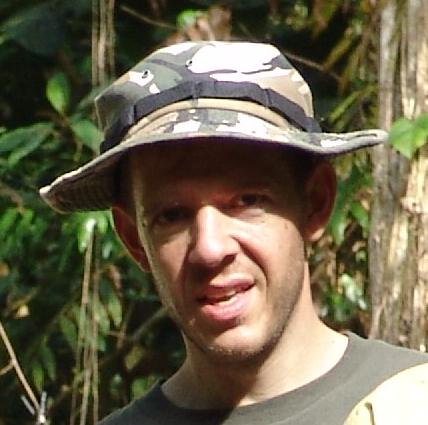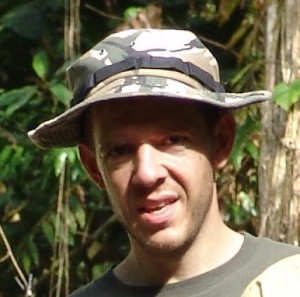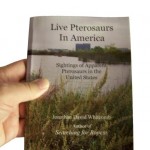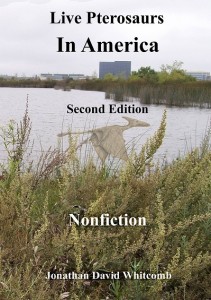This is not to illuminate the bioluminescent pterosaur of Marfa, Texas, or of Umboi Island, Papua New Guinea. Indeed, that kind of glow actually hides the form and features of the flying creature that produces the light. Setting aside bioluminescence, we now consider why some night sightings have contributed to the credibility of the live-pterosaur investigations.
I recall part of a comment from a critic, some years ago, ridiculing the credibility of eyewitnesses who “misidentify” birds or bats at night. But he was only tossing out a generalization, assuming that all reported sightings (those encounters that serious invesigators publicize) all fit neatly into his mental image of a dark landscape where people imagine that birds and bats are pterosaurs. Science thrives on details of human experience, so let’s examine particular sightings.
Rhamphorhynchoid Pterosaur in Sudan, Africa
In this sighting, the eyewitness could see details, for the flying creature was close and it was lit by a nearby porch light.
The boy was walking from one mud-brick hut to another, one night in 1988, carrying a tray of food for family members. . . . The boy froze as the creature stretched its wings and hopped right over his head, causing him to drop the metal tray of dishes.
Driving Near Kenton, Ohio
In the third edition of my book Live Pterosaurs in America, I mentioned a sighting near Kenton, Ohio.
At 11:15 p.m., she was driving near Kenton, Ohio, on Route 309. With clear sky and a still-full moon, the landscape was brightly lit. A creature swooped down—an obvious “pterodactyl”—gliding gracefully over the hood of her car. She watched it fly into some dense underbrush of trees. . . . “I could see almost the bones in its wings but I did NOT see feathers at all. None. . . . it was bright out . . . because of the full moon being high in the sky.”
Nocturnal Pterosaurs in San Diego
In this sighting in San Diego, California, the two flying creatures (witnessed by two men) were probably lit from both top and bottom: from the moon and from the city lights (although the eyewitness who reported the encounter to me mentioned only the lighting from the moon).
From the west came this dark object in the sky. It was right over us about, I say, 40 yards [high]. As it got closer we both yelled, “What the hell is that?” It looked like a huge bird. It was gliding . . . I began yelling at it . . .
That was a large flying creature at low altitude, perhaps coming within 140 feet of the eyewitnesses. The lighting was adequate for the two eyewitnesses to see the details that were later given to me.






